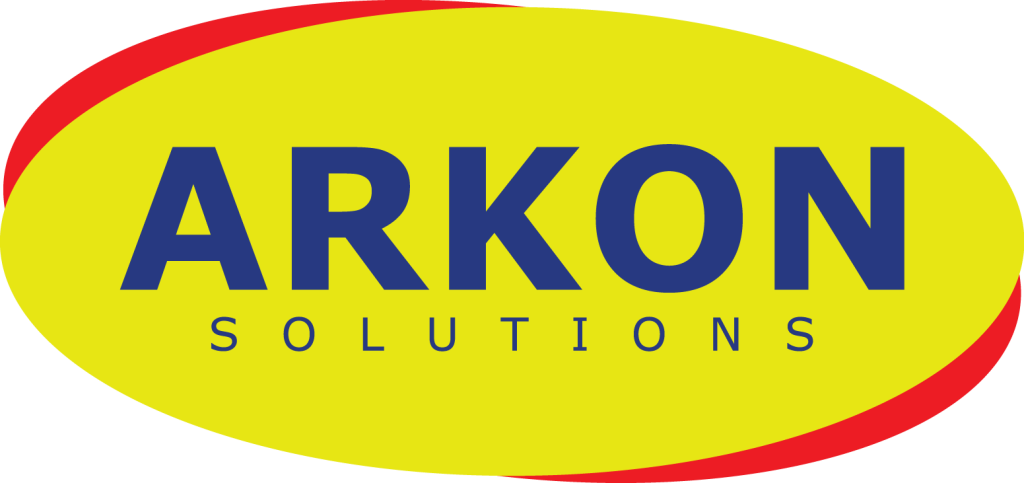Brentuximab Vedotin

Brentuximab vedotin
Molecular Name: Brentuximab vedotin
Active Ingredient: Brentuximab vedotin
Strength: 50mg / vial
Manufacturer Name:
A CD30-directed antibody-drug conjugate called brentuximab vedotin is used to treat different lymphomas. Additionally, systemic or localized anaplastic large cell lymphomas that only affect the skin are treated with brentuximab vedotin (primary cutaneous).
It is used in combination with other chemotherapy drugs to treat systemic anaplastic large cell lymphoma (sALCL; a type of non-Hodgkin lymphoma) in patients who did not respond to another chemotherapy treatment period, as well as other specific types of peripheral T-cell lymphomas (PTCL; a type of non-Hodgkin lymphoma) in patients who have not previously received treatment.
A specific form of non-lymphoma Hodgkin’s known as primary cutaneous anaplastic large cell lymphoma (pcALCL), among patients who have already undergone treatment.
An injection of brentuximab vedotin functions by eradicating cancer cells and is a member of the class of medications known as antibody-drug conjugates. We assist with brentuximab injection pricing, details, and uses., ARKON SOLUTIONS, through Name patient Import Services or Govt Hospital Supply.
Pharmaceutical Particulars
List of excipients
- Citric acid monohydrate (for pH-adjustment)
- Sodium citrate dihydrate (for pH-adjustment)
- α,α-Trehalose dihydrate
- Polysorbate 80
Special storage precautions
- Store in a refrigerator (2 °C-8 °C).
- Do not freeze.
- Keep the vial in the original carton to protect it from light.

FAQ’s
A monoclonal antibody in the treatment for lymphoma known as brentuximab vedotin reacts to a protein known as CD30 on some lymphoma cells. A cancer-fighting substance is also present, which could help eradicate cancerous cells. One example of an antibody-drug conjugate is brentuximab vedotin. One such monoclonal antibody is brentuximab. Monoclonal antibodies are more recent types of antibodies. In a lab, they are created. Targeting specific proteins on the cell surface, monoclonal antibodies look for cancer cells. Anaplastic large-cell lymphoma and Hodgkin lymphoma cells contain a protein called CD30, the target of the drug brentuximab. To deliver medicine to the cell, brentuximab adheres to the CD30 protein. After that, the medication kills the cell.
Patients with Hodgkin lymphoma benefit greatly from second-line treatment with benuximab vedotin and ESHAP. People with stage 3 or stage 4 Hodgkin lymphoma who have not previously received treatment and those who did not respond well to a stem cell transplant. Additionally, patients with systemic anaplastic large cell lymphoma did not respond to at least one prior multiple drug therapy. And those who did not react favourably to two distinct drug therapy regimens with various chemotherapeutic agents are all candidates for treatment with brentuximab. Each time you receive therapy, you can give the medication using a thin, short tube inserted into a vein in your arm.
Vedotin is delivered via Brentuximab to target CD30 + cancer cells and kill them specifically. Patients with CD30-positive lymphoma who received stem cell transplantation may see better results while taking the brentuximab vedotin. Some children and teenagers with Hodgkin lymphoma might not require radiation therapy at all, or it could reduce the need for it. In recent research, children and teenagers with a high-risk type of Hodgkin lymphoma were treated with the targeted drug brentuximab vedotin (Adcetris) instead of one chemotherapeutic drug. The trial used a well-known first- or first-line therapy strategy for high-risk juvenile Hodgkin cancer. When necessary, chemotherapy drug combinations are followed by radiation therapy.
Injections of brentuximab vedotin are used in conjunction with other chemotherapy drugs to treat Hodgkin’s lymphoma (Hodgkin’s disease) in patients who have not previously received treatment as well as in those who are susceptible to the condition worsening or returning following a stem cell transplant (a procedure that replaces diseased bone marrow with healthy bone marrow),
Those with Hodgkin’s lymphoma who did not respond to a stem cell transplant (a process that swaps out unhealthy bone marrow for healthy bone marrow) or at least two chemotherapy treatments may be treated with this medication.
- A doctor with experience using anti-cancer medications should be in charge of administering ADCETRIS.
- ADCETRIS should only be administered intravenously.
- ADCETRIS should not be administered as an infusion or mixed with other medications.
- For injections, every single-use vial needs to be reconstituted with 10.5 mL of water to a final concentration of 5 mg/mL. ADCETRIS is overfilled by 10% in each vial, resulting in a total reconstituted volume of 11 mL and 55 mg of ADCETRIS per vial.
- Gently swirl the vial to aid dissolution.
- The reconstituted solution in the vial has a final pH of 6.6 and is clear to faintly opalescent.
- Visually checking the reconstituted solution for foreign particles and/or discoloration is advised. If one of these are noticed, kindly throw away the medication.
- Following local legislation, waste and unneeded pharmaceuticals should be disposed of.
- When you have a nasty infection.
- If a patient who is producing milk or breastfeeding.
- If one has Hypersensitivity to any product ingredient.
- Kidney disease with likely reduction in kidney function.
- Constipation
- Mouth Sores
- Decreased Appetite
- Weight Loss
- Tiredness
- Dizziness
- Weakness
- Difficulty falling asleep or staying asleep
- Anxiety
- Dry Skin
- Hair Loss
- Night Sweats
- Joint, Bone, Muscle, Back, Arm, or Leg Pain
- Muscle Spasms
